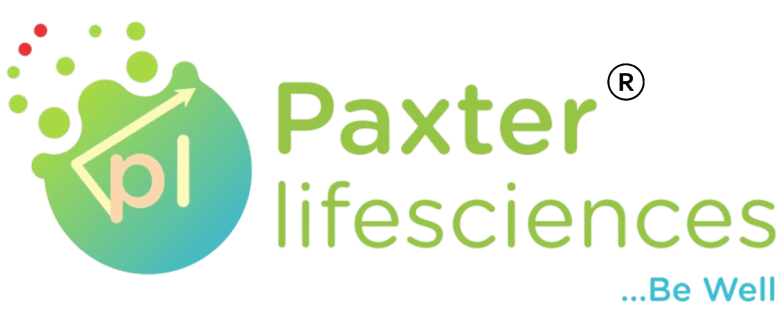Pharma Is Changing, and Changing Fast
In the pharmaceutical field, being efficient is not just about speed. It means increasing quality, decreasing wastage, having an eye on compliance, and—most importantly—getting life-saving medicines to patients sooner.
Digital twin technology comes into play. It might sound like something out of a sci-fi movie, yet this technology is currently altering the mode of operation of pharmaceutical companies. And this is where it gets really exciting; if you’ve been wondering how digital twin technology optimizes drug production, then read on.
In plain language: No ambiguity, no jargon, simple value.
What Is a Digital Twin, to Be Exact?
Define a digital twin as a virtual representation of a physical system, in this case, of the drug-manufacturing process.
It is not merely a 3D model. It is a live simulation fed by real-time data from the actual production environment. Sensors, IoT devices, and software allow real-time digital representation of your facility, equipment, or even entire production line.
So when we say this digital twin technology is optimizing drug production, we mean that pharma companies are using this technology to proactively police wrong-doing by using real-time data above and beyond such predictive value for optimizing and preventing outputs before anything actually gets wrong.
Predict Whenever Problem Is Soon To Happen
One of the biggest advantages of digital twins is predictive maintenance.
This is how it works:
- The digital twin receives information on the equipment continually.
- It senses patterns and raises an alert when identifying early signs of wear or failure.
- Maintenance teams can intervene and fix the problems before they reflect in the real world.
Say goodbye to unexpected downtimes. Say goodbye to batches being compromised. This is a huge step forward in operational efficiency and one of the key reasons how digital twin technology is optimizing drug production worldwide.
Optimize Processes Without Compromising Actual Product
Testing a new process or altering a production parameter used to be an incredibly risky business. Digital twins allow for the simulation of any changes beforehand.
Want to reduce blending times? Change temperature thresholds? Lower solvent use?
Put it through the digital twin! You’ll see the effect immediately—on yield, energy use, and cost—without ever having to touch a real batch.
That not only saves time and ensures you meet compliance and quality standards.
Speed Up Scale-Up and Tech Transfer
Scaling from lab to plant—and then transferring a process between sites—can become a nightmare. Digital twins help make it smoother.
By simulating scale-up in the virtual model, teams can:
- Identify bottlenecks very early
- Validate equipment compatibility
- Align processes across different geographies
In short, it converts what used to be a multi-month endeavor into a more agile and data-driven decision-making process. Once more demonstrating how digital twin technology optimizes drug production in ways that were impossible just a few years ago.
Digital twins are not in the future; they are here right now.
Innovation, cost reduction, and meeting global demand all while ensuring compliance are now put to test in the pharmaceutical industry. It becomes imperative to understand how drug production processes are optimized via digital twin technology.
Digital twins are not intended to dehumanize or complicate systems; they make those who are involved far better-informed and empowered with data and tools to make the wisest decisions.
Contact Us : https://paxterlifesciences.com/
Follow Us : https://www.instagram.com/paxter_lifesciences/






